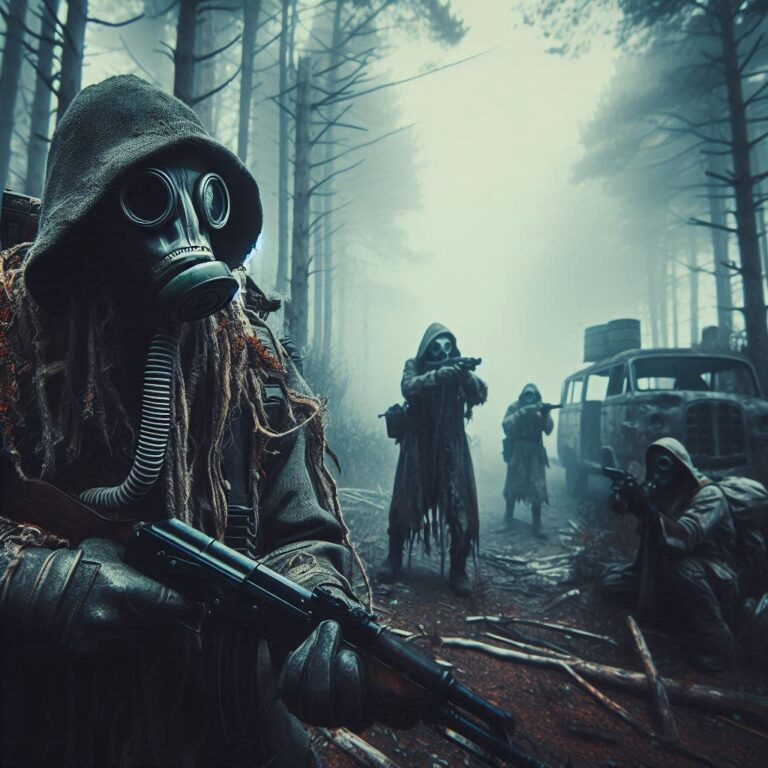When Algorithms Dream of Masterpieces: A Journey Through the Evolution of AI Art
Imagine a world where algorithms paint masterpieces and artificial intelligence becomes the newest avant-garde artist. This isn’t science fiction—this is the revolutionary realm of AI-generated art, where the line between human and machine is blurring, giving rise to entirely new forms of creative expression.
From its humble beginnings as simple rule-based systems to today’s sophisticated neural networks crafting captivating visuals, AI’s artistic journey is nothing short of astounding. This article explores the groundbreaking AI models shaping the art world, revealing how these digital minds are redefining creativity itself.
The Dawn of Algorithmic Art: Where Rules Met Canvas
In the mid-20th century, computers were glorified calculators, a far cry from the tools of artistic expression. However, visionaries like British painter Harold Cohen saw untapped potential in these machines. Cohen developed AARON, one of the first AI art programs, in the 1970s. Unlike its data-driven descendants, AARON didn’t learn; it followed Cohen’s meticulously crafted rules, dictating the shapes, lines, and forms it could produce. AARON’s abstract drawings, though lacking context, intrigued viewers, posing a question that would echo through time: could a machine truly create?
The Neural Network Revolution: Teaching Machines to See
Fast forward to the 2010s, and a seismic shift occurred with the arrival of neural networks. Inspired by the human brain, these networks could learn from data, evolving beyond mere rule-following. Convolutional Neural Networks (CNNs), designed to decipher visual information, became the pioneers of this revolution. Suddenly, AI wasn’t just following commands; it was learning to see.
In 2015, Google’s Deep Dream captivated the world. This program, using a pre-trained CNN, enhanced and modified images, producing hallucinatory visuals—a psychedelic peek into a machine’s “subconscious.” AI art wasn’t just a technical experiment anymore; it was a provocative statement.
From Mimicry to Invention: Generative Adversarial Networks Enter the Stage
While CNNs analyzed and transformed images, the next breakthrough, Generative Adversarial Networks (GANs), enabled AI to generate new images from scratch. Introduced in 2014, GANs operate through a captivating dance of competition. A “generator” network attempts to create images that fool a “discriminator” network into believing they are real. This digital game of cat and mouse pushes both networks to continually improve, resulting in images that can be strikingly realistic, eerily abstract, or anything in between.
The sale of “Edmond de Belamy,” a portrait rendered in ghostly hues by a GAN, for $432,500 at Christie’s in 2018, ignited a firestorm of debate in the art world. This singular event challenged long-held notions of authorship and creativity, forcing us to grapple with the question: if an AI creates art that evokes emotion and contemplation, can it be considered an artist in its own right?
Beyond Imitation: VAEs Explore the Landscapes of Imagination
While GANs grabbed headlines, Variational Autoencoders (VAEs) quietly pushed the boundaries of AI’s imaginative capabilities. Trained on vast datasets of art across various styles, VAEs don’t simply replicate; they blend and recombine artistic DNA in unexpected ways. Imagine a VAE seamlessly merging the distorted faces of Cubism with the dreamlike colors of Surrealism—a fusion no human artist might conceive. VAEs offer a glimpse into a world where machines explore a boundless space of artistic possibilities.
New Frontiers: Transformers and Diffusion Models Paint the Future
As we venture deeper into the landscape of AI art, we encounter Transformers and Diffusion Models, pushing the boundaries of what’s possible. Transformers, initially designed for language processing, have shown remarkable talent in image generation. OpenAI’s DALL-E 2 is a prime example. By leveraging the power of transformers, DALL-E 2 can translate text descriptions into images, giving form to words and birthing new visual narratives.
Then there are Diffusion Models, the latest stars of the show, known for generating highly detailed and nuanced images. Imagine an AI model meticulously “denoising” random patterns, like a sculptor chipping away at marble, until a clear picture emerges. This is the essence of Diffusion Models like Stable Diffusion, giving artists an unprecedented level of control and enabling them to craft everything from photorealistic scenes to fantastical dreamscapes.
AI: Not a Replacement, but a Collaborative Partner in Creativity
The evolution of AI models from rudimentary rule-followers to today’s sophisticated image generators is remarkable. However, the real magic happens in the space where human artists and these algorithmic tools converge. Platforms like Midjourney and Artbreeder are built on this very concept—collaboration. They empower artists to guide AI through iterative refinements, constantly evolving an image until it achieves a shared vision.
This is not about AI replacing artists, but about amplifying their abilities, breaking down creative barriers, and exploring uncharted artistic territories together.
Navigating the Ethical Terrain: Challenges and Responsibilities
This bold new world of AI-generated art does not exist without its share of challenges. Questions around copyright, ownership, and potential bias in AI models require careful consideration. As we celebrate the creative possibilities, we must also be vigilant about ethical use, guarding against misuse such as deepfakes and unauthorized art reproduction.
A Canvas of Infinite Potential: The Unwritten Future of AI Art
The emergence of AI in art is a story still being written, a magnificent work in progress. From rule-based systems to the cutting-edge Transformers and Diffusion Models, each development challenges us to reconsider the very essence of creativity.
One thing remains clear: AI will not replace artists. It will, however, continue to redefine art as we know it, urging us to expand our definitions of creativity and embark on new artistic explorations. With our AI collaborators by our sides, the canvas of the future is vast, and the possibilities, just like our collective imagination, are boundless. The most exciting creations are yet to be made—and we’ll create them together.
